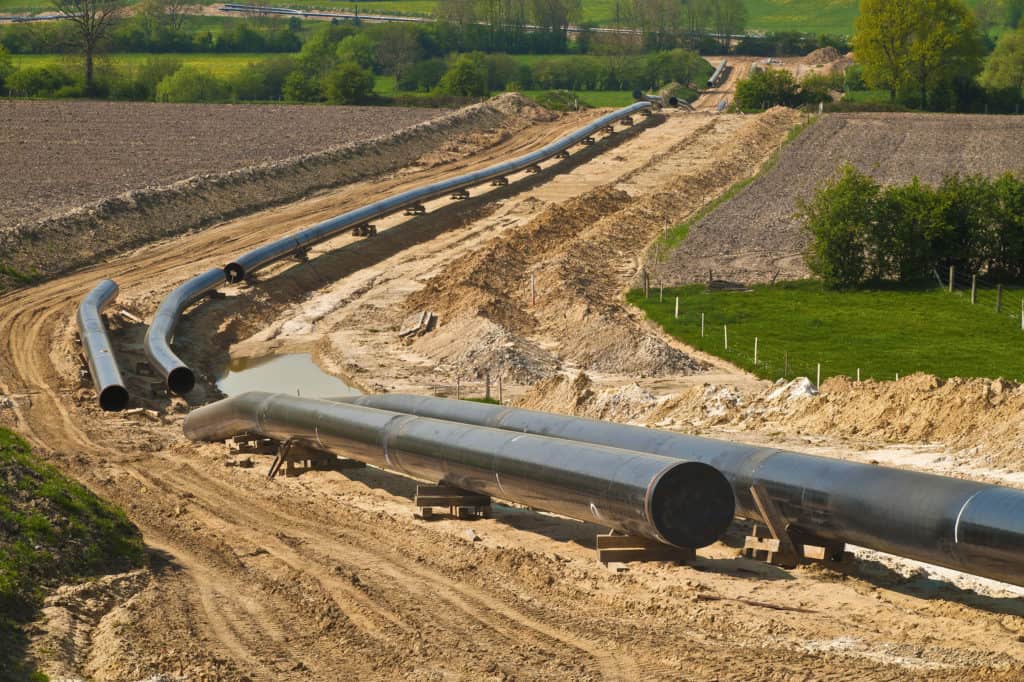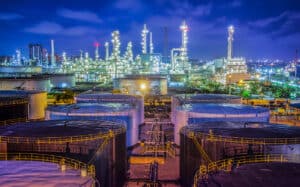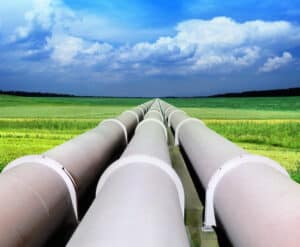When most of us imagine an oil or gas pipeline, we typically picture a huge above-ground pipeline obnoxiously taking up space in an otherwise wilderness area. But is that really the case? North America is full of a vast network of pipelines that serve a vital role in transporting oil, natural gas, and even other things such as clean and dirty water to the places that they need to be.
In the United States, there are an estimated 2.6 million miles of pipelines, and those pipelines, both above and below ground, deliver hundreds of billions of tons of petroleum products to their respective destinations every year.
What are Pipelines, Exactly?
The United States pipeline network is a tubular transportation system that is used to transport a variety of materials to and from various destinations. Pipelines commonly transport things such as sewage, water, natural gas, and oil, which fuel this nation’s energy.
Are Pipelines Typically Above or Below Ground?
It may seem like most large pipelines are above ground, because those are the ones you see most, but that’s not quite the case. While there are many pipelines above ground that serve necessary services, most pipelines are actually buried underground.
Since most natural gas pipelines are concealed from view, most citizens are completely unaware of the vast system of pipelines below their feet.
Above ground pipelines are easier to construct and maintain, and can be extremely useful when something needs to start being transported quickly. However, in the long term, underground pipelines are usually constructed and recommended.
Types of Oil and Gas Pipelines
There are two main types of pipelines used to transport energy products such as oil and gas.
- Petroleum pipelines. Petroleum pipelines transport natural gas and crude oil liquids. Each individual pipe system will be involved in either gathering systems, crude oil pipeline systems, or refined products pipeline systems. The gathering systems gather unrefined crude oil, then the crude oil pipeline systems bring that crude oil to refineries, where it is converted into useful energy products.
- Natural gas pipelines. Natural gas pipelines transport natural gas from import facilities or gas wells and deliver it to places such as private homes or export facilities.





